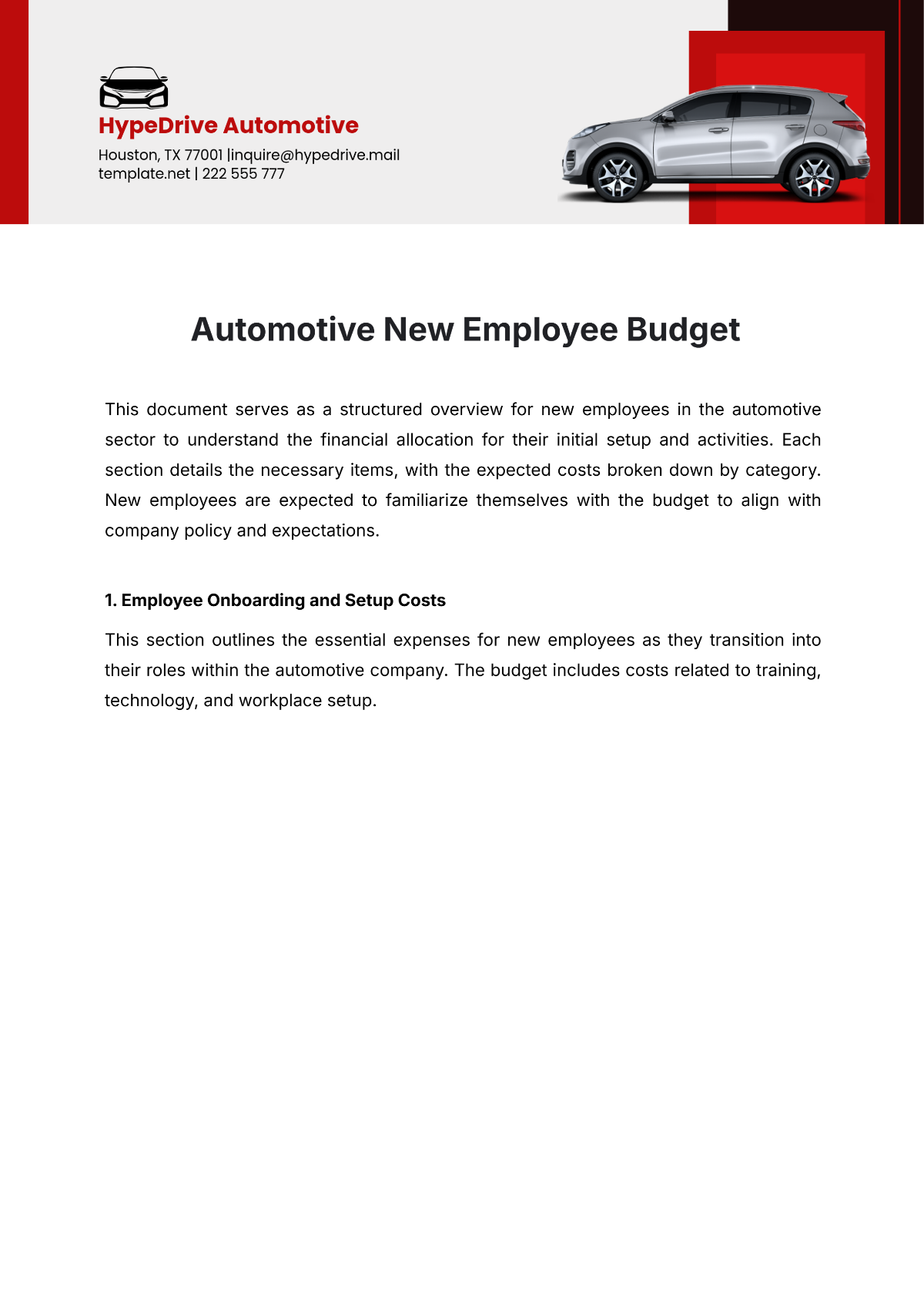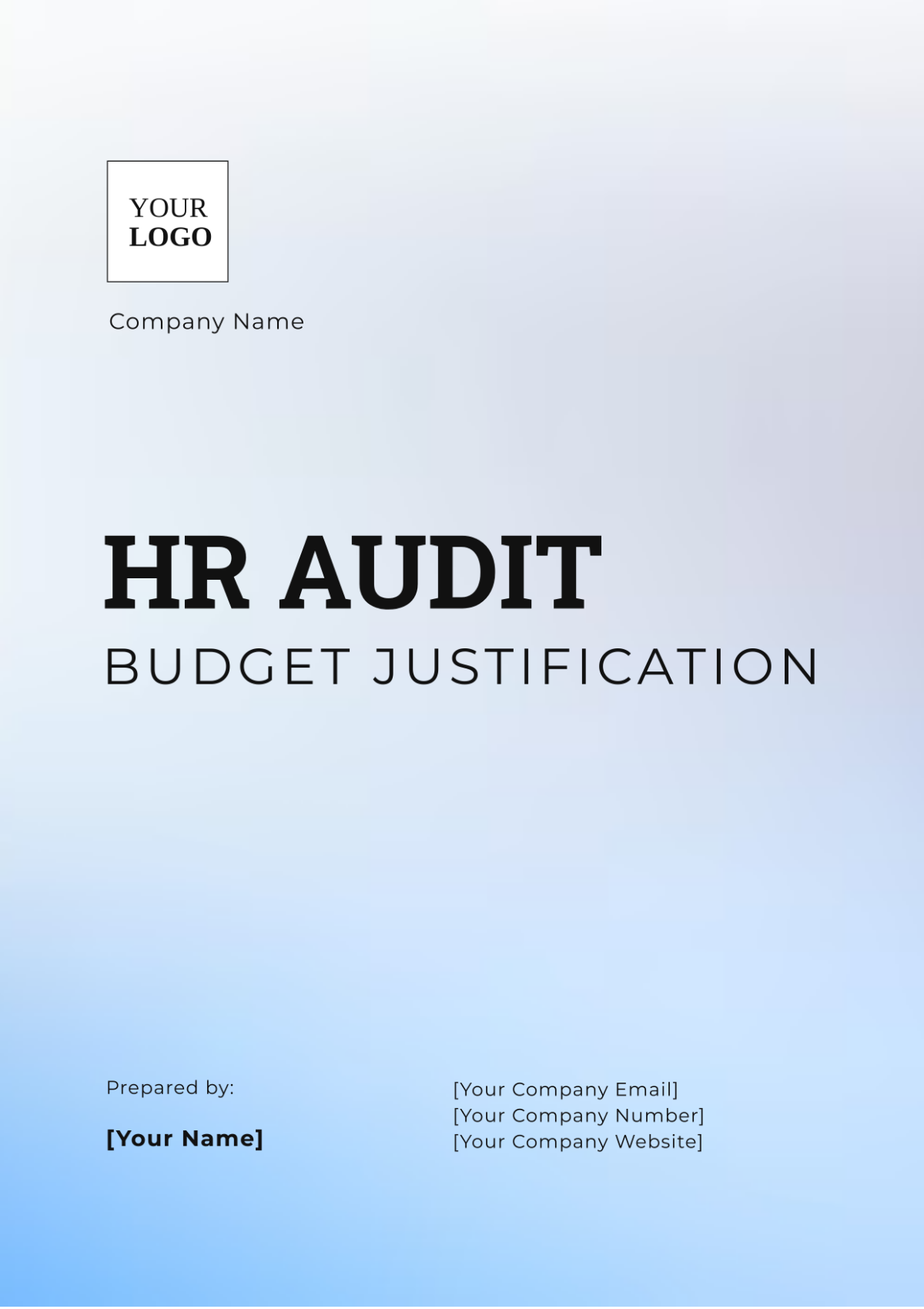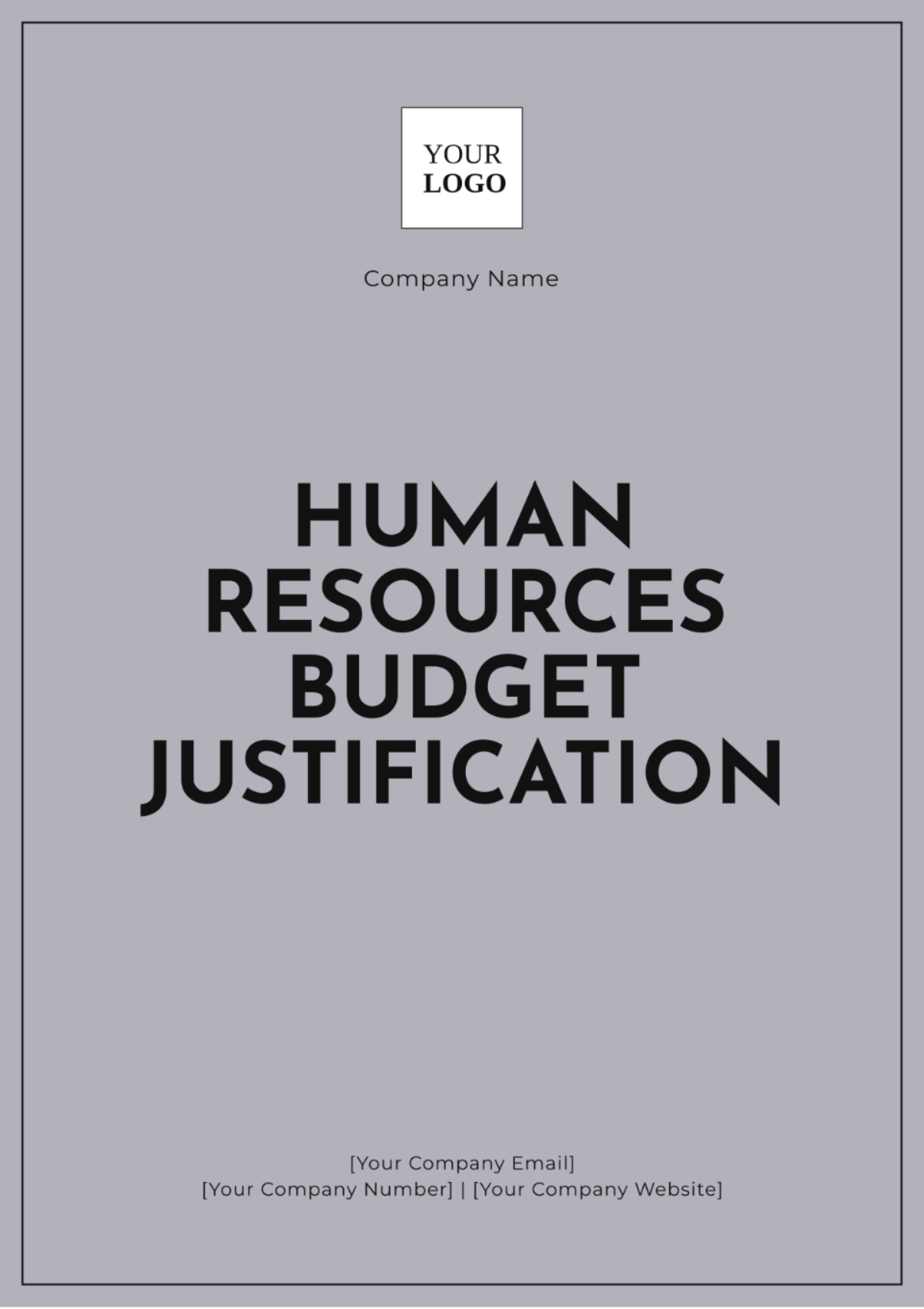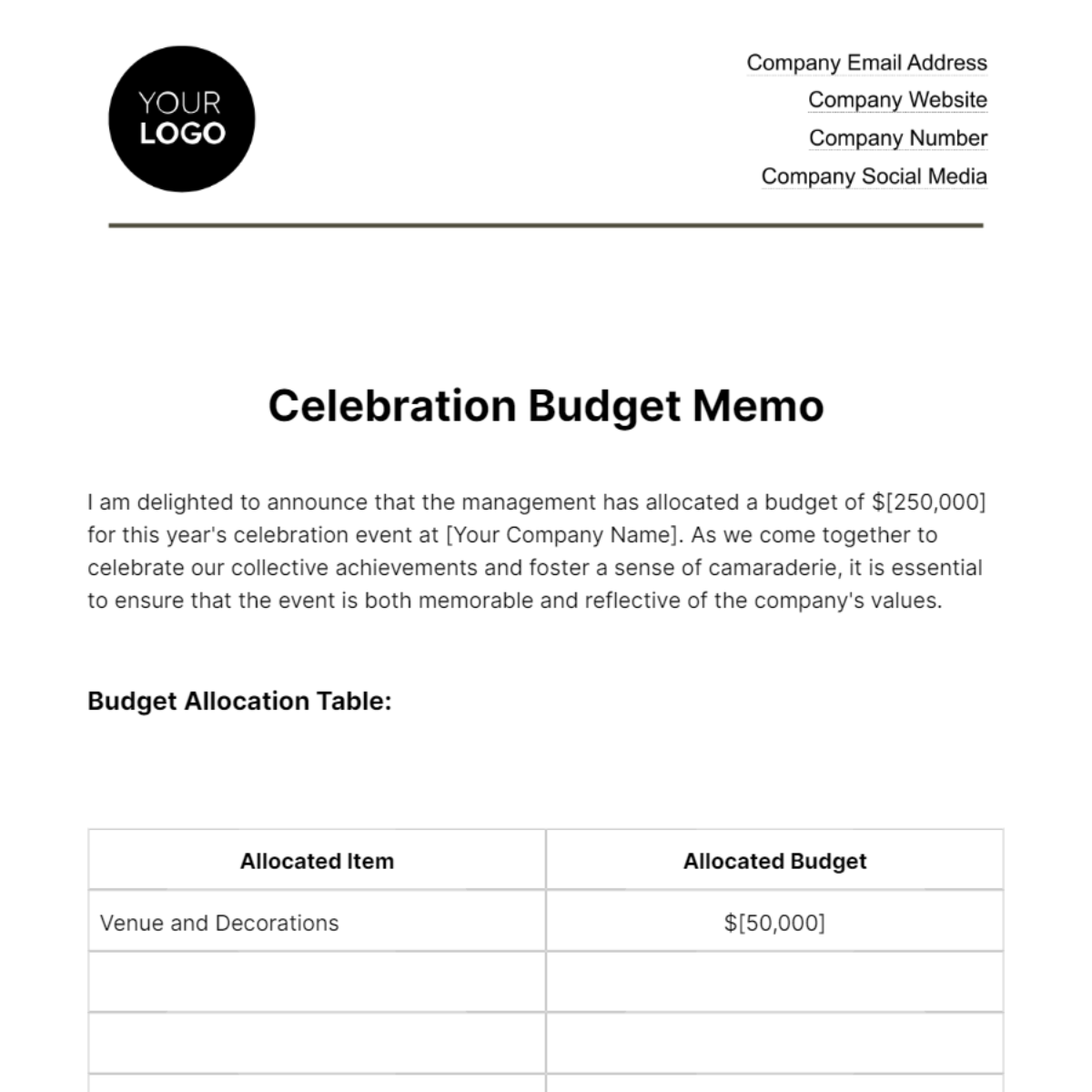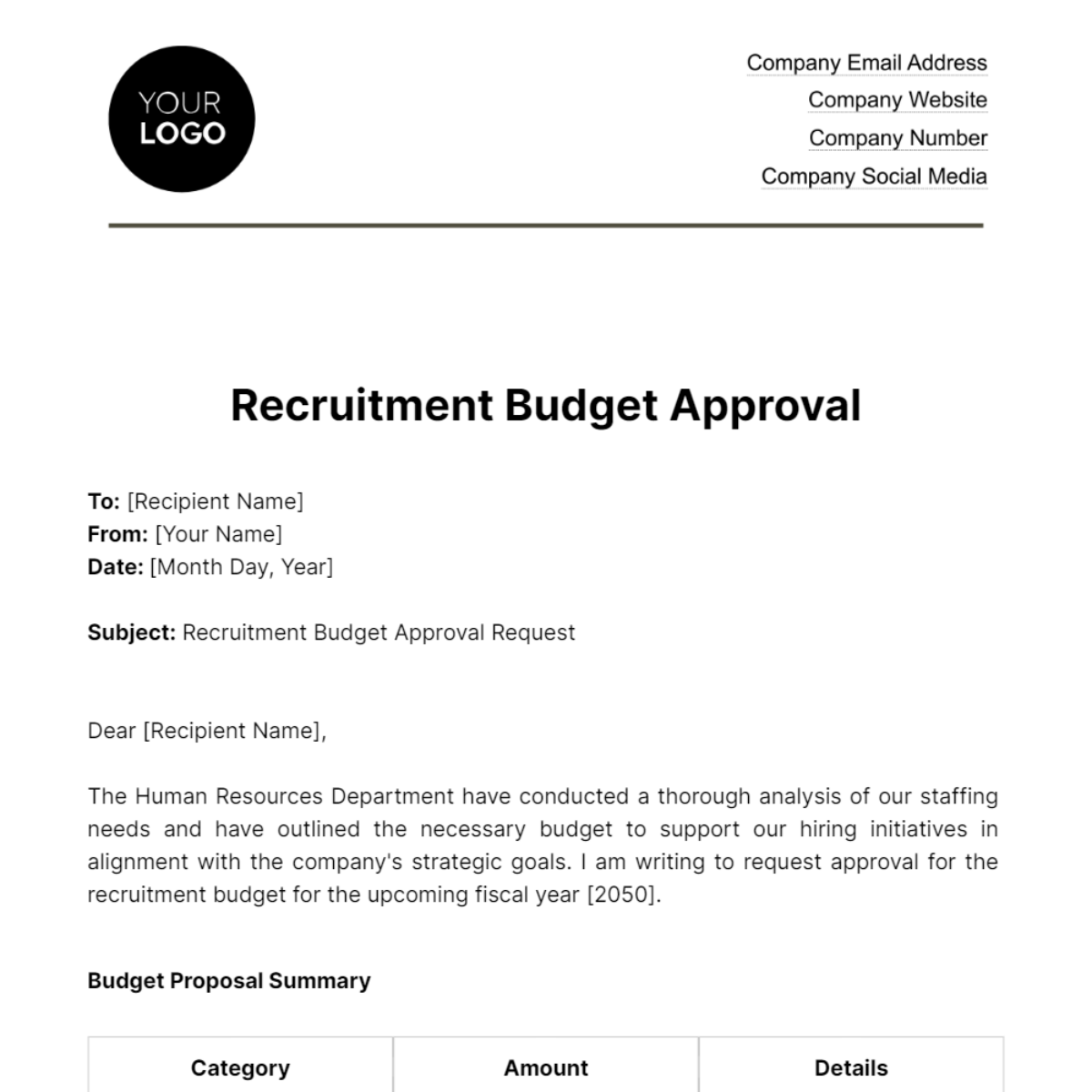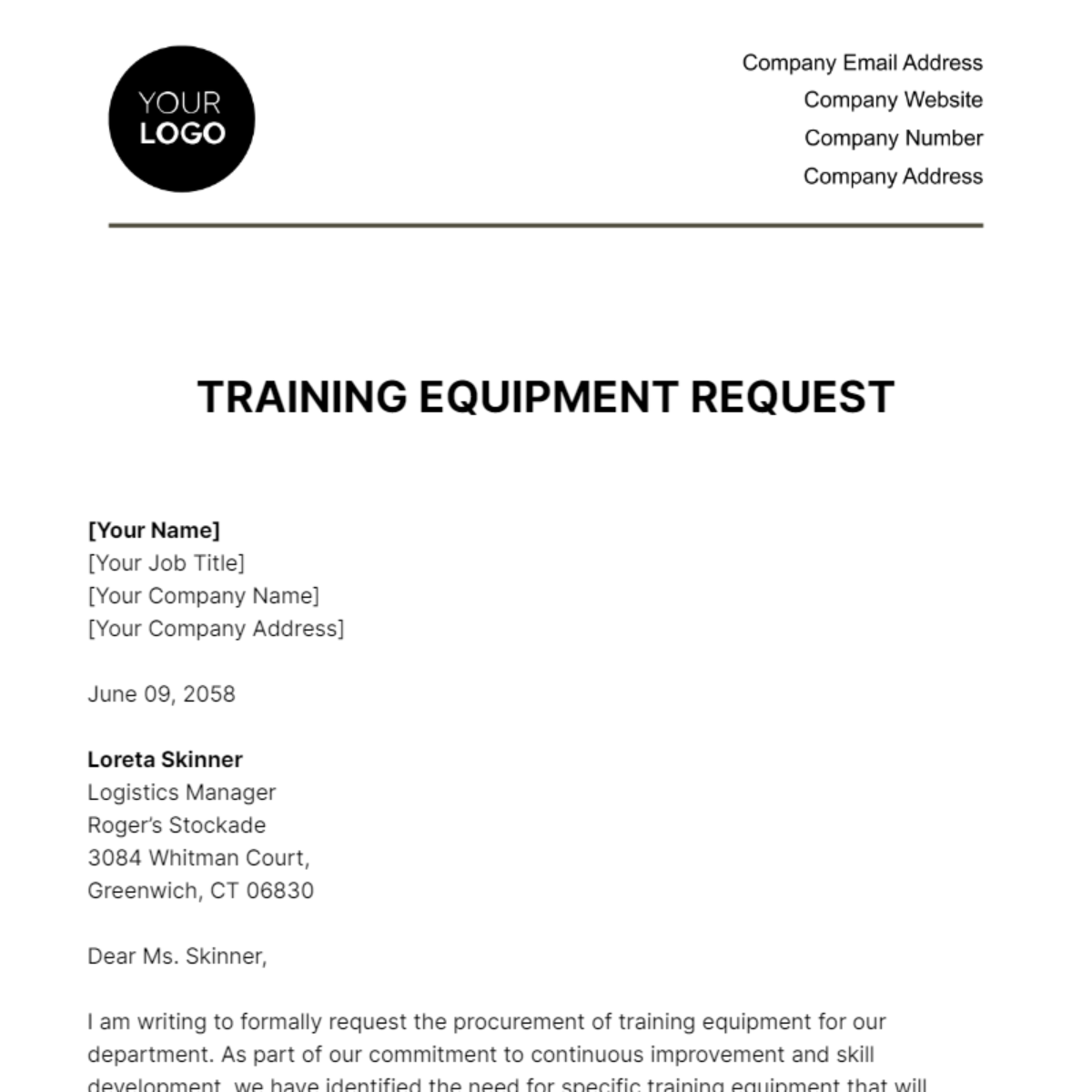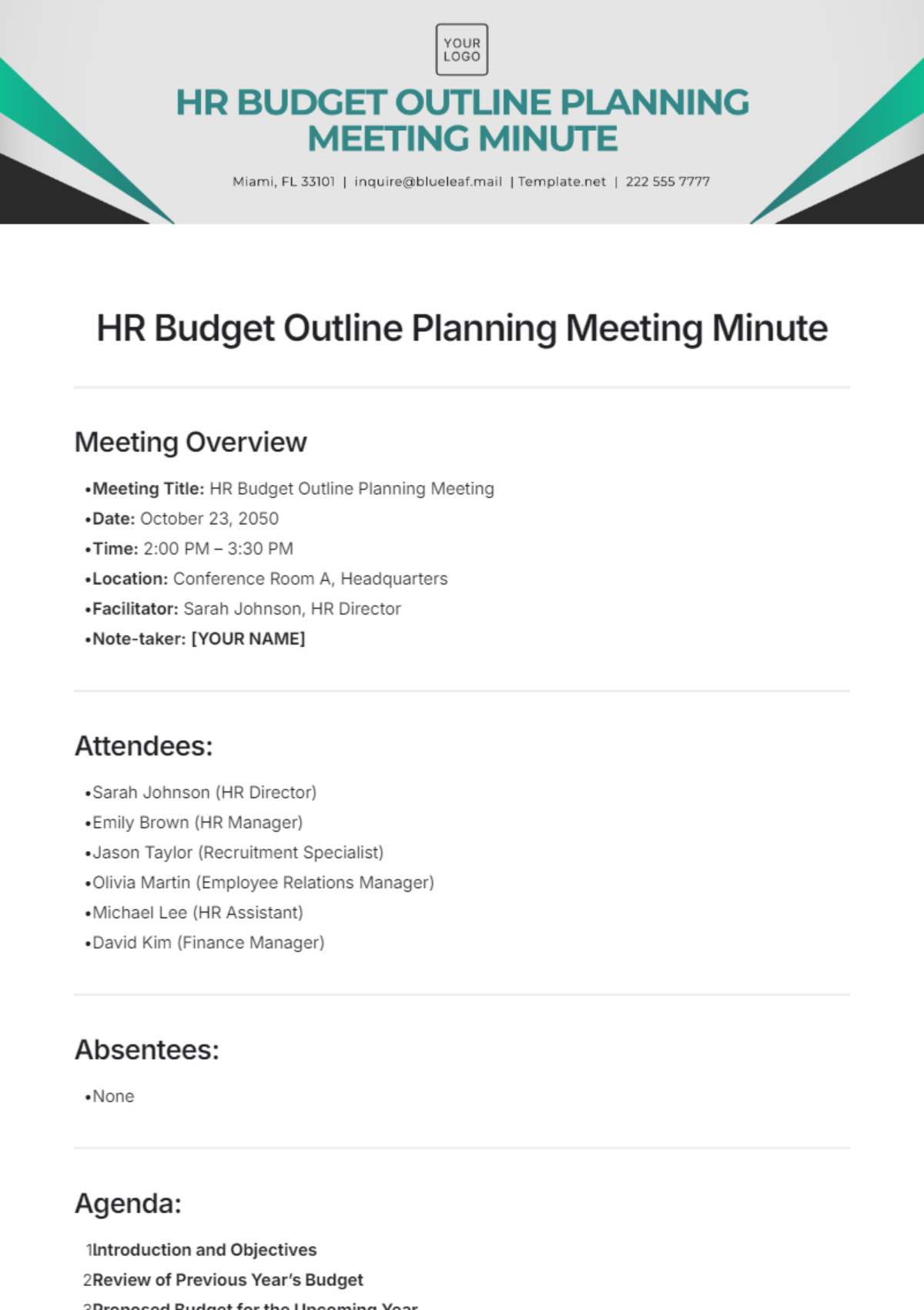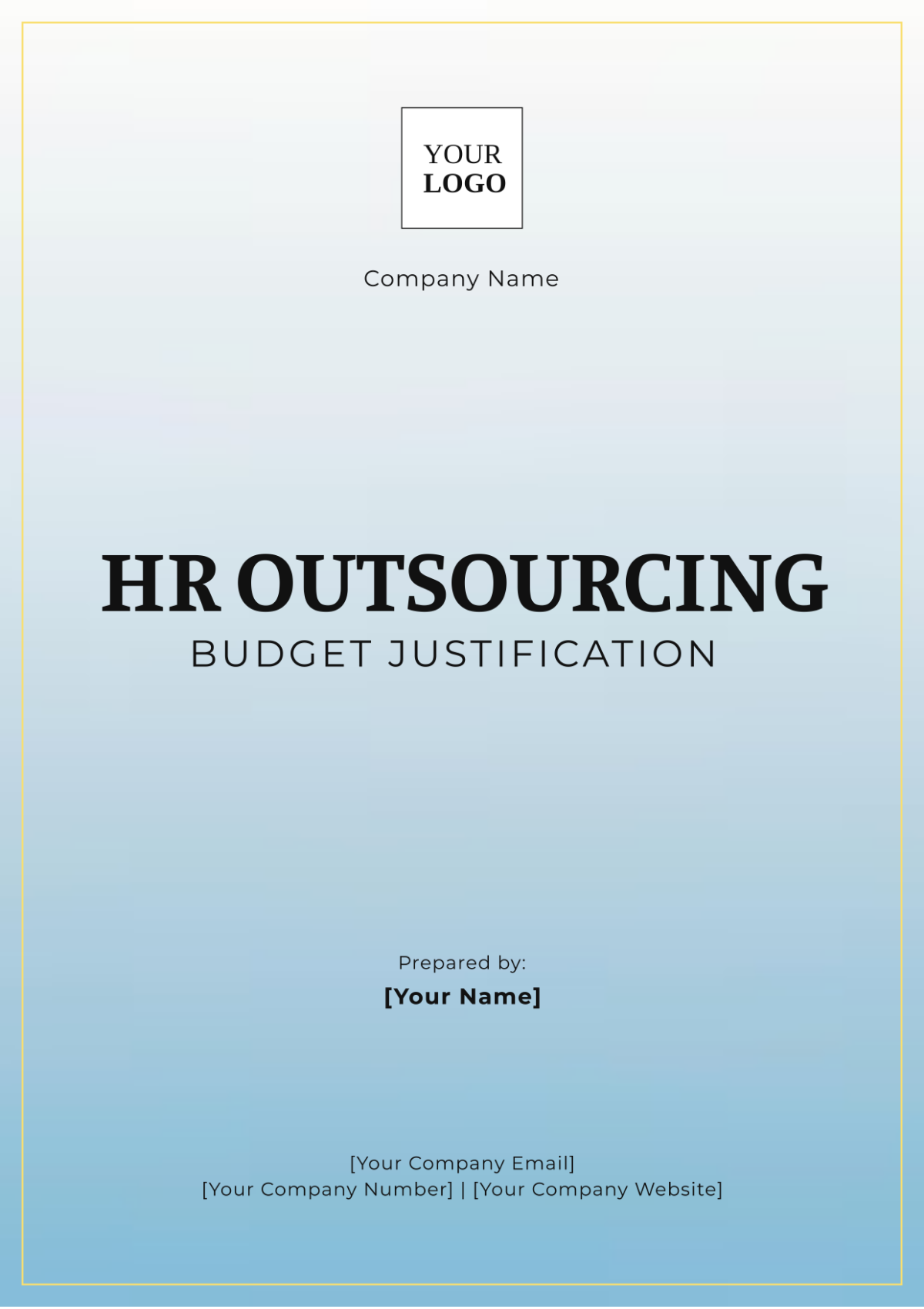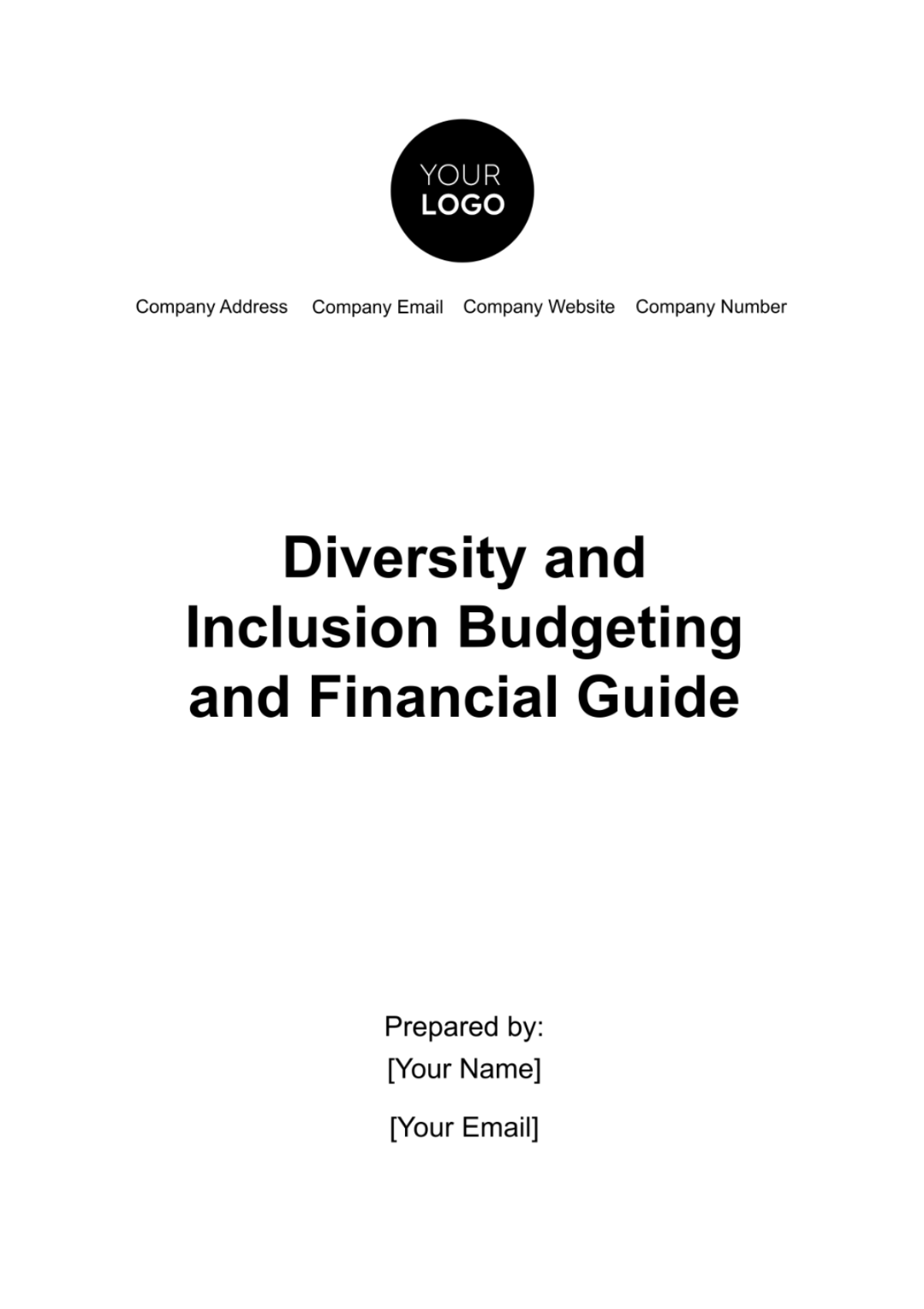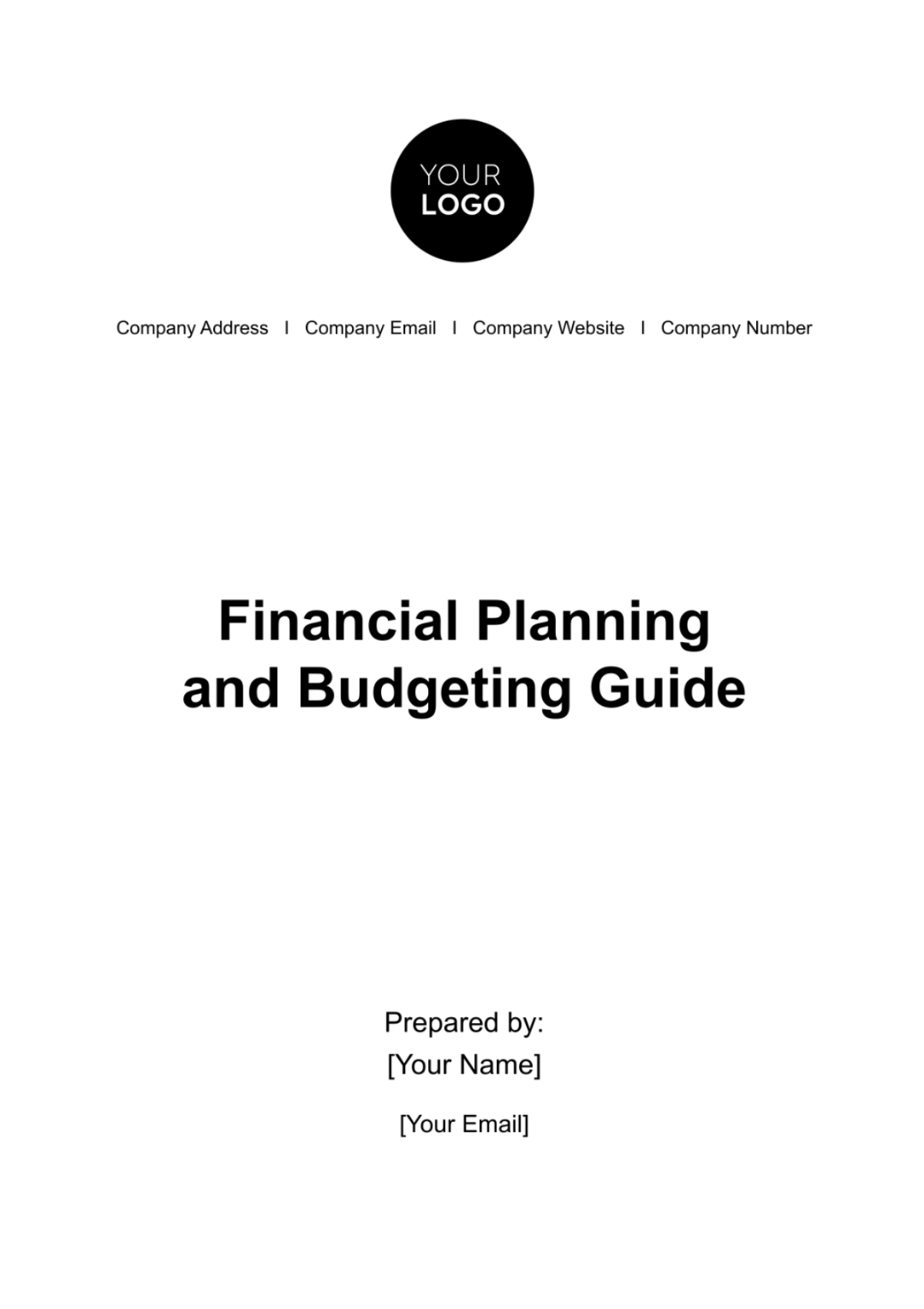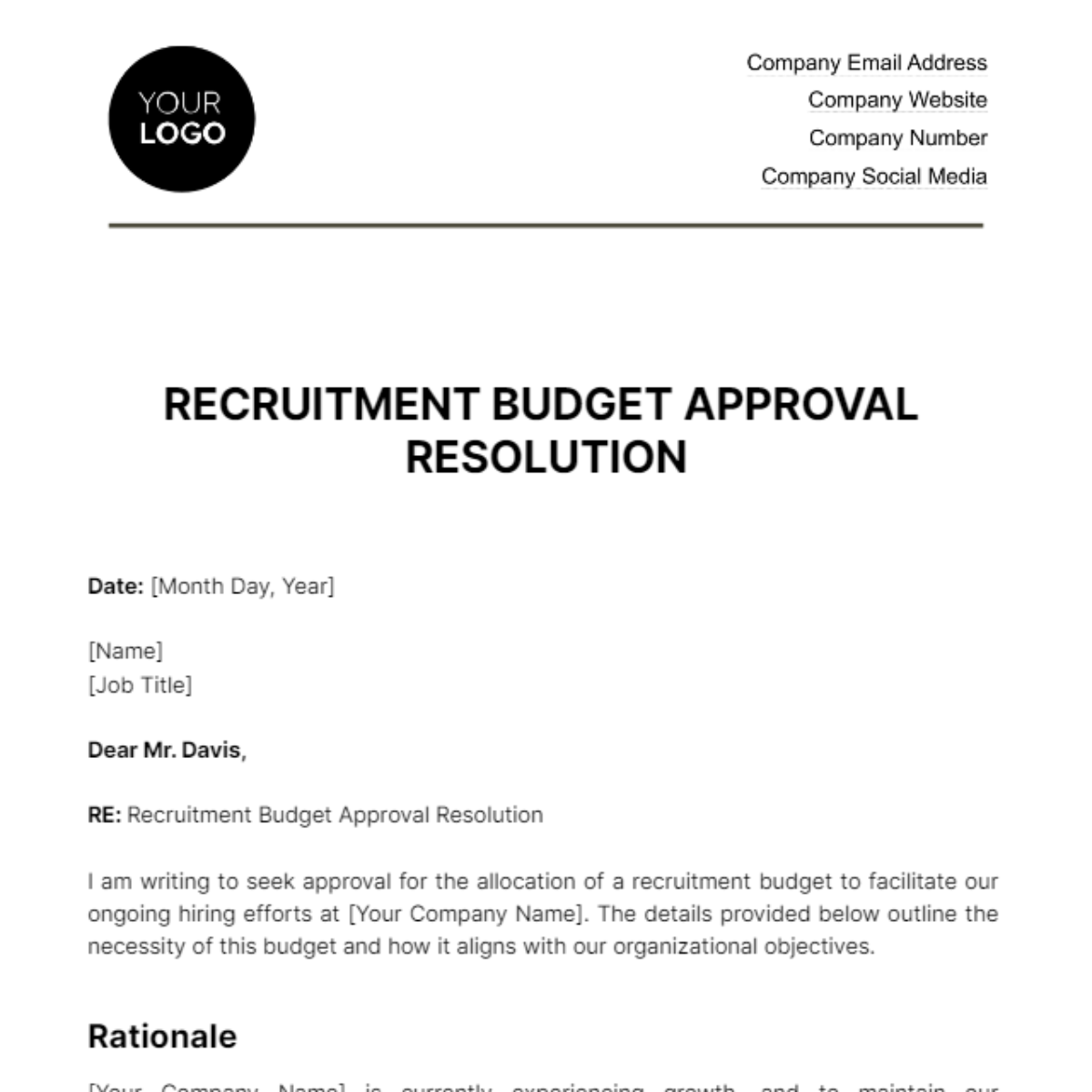Rewards Budgeting and Financial
Planning Guide
Section 1: Introduction
Welcome to the Rewards Budgeting and Financial Planning Guide. We have designed this comprehensive guide to assist HR professionals in effectively managing and planning the budget for employee rewards programs. It encompasses various critical aspects of financial planning to ensure that your company can attract, retain, and motivate employees while maintaining fiscal responsibility.
Section 2: Setting Objectives
Before diving into the budgeting process, it's crucial to establish clear objectives for your rewards program. Determine what you aim to achieve with your rewards, whether it's employee retention, performance improvement, or talent attraction. Define specific, measurable goals to guide your budgeting decisions.
2.1. Defining Clear Goals
HR professionals must emphasize the importance of setting clear and specific objectives for the rewards program. Clear goals serve as a roadmap for the budgeting process and help align rewards with the company's strategic priorities. HR should encourage teams to create objectives that are not only specific but also measurable, achievable, relevant, and time-bound (SMART). By doing so, they can ensure that their reward investments have a direct and measurable impact on employee performance, satisfaction, and overall business outcomes.
2.2. Alignment with Company Mission
Aligning reward objectives with the company's mission and values is crucial for fostering a sense of purpose and unity among employees. HR should facilitate discussions and workshops to ensure that rewards programs reflect the company's core beliefs and long-term vision. This alignment not only motivates employees but also strengthens the company's culture and brand. Highlighting this alignment within the budgeting process reinforces the notion that rewards are not just expenditures but investments in the company's identity and success.
2.3. Employee Involvement
Engaging employees in the objective-setting process can lead to more meaningful and relevant reward programs. HR should implement mechanisms for employees to share their input and preferences regarding rewards. Whether through surveys, focus groups, or suggestion boxes, involving employees ensures that the budgeting decisions reflect their needs and aspirations. Furthermore, it promotes a sense of ownership and collaboration, making employees more receptive to the rewards program's outcomes.
Section 3: Analyzing Current Rewards
Conduct a thorough analysis of your current rewards and compensation structure. This includes salaries, bonuses, benefits, and any other perks offered to employees. Identify areas that need improvement or adjustment based on your objectives.
3.1. Data Collection Methods
To analyze current rewards effectively, HR professionals should employ a combination of data collection methods. Surveys, interviews, and data analysis can provide comprehensive insights into how employees perceive their current rewards. Surveys, for instance, can gauge employee satisfaction, while interviews can uncover specific pain points or desires. By utilizing these methods, HR can gather a wealth of data to inform budgeting decisions.
3.2. Benchmarking Tools
Selecting the right benchmarking tools is critical to conducting an accurate analysis of current rewards. HR should explore industry-specific databases, salary surveys, and compensation analysis software to obtain reliable benchmark data. These tools offer valuable insights into how a company's rewards compare to industry peers and competitors, aiding in identifying areas where adjustments may be necessary.
3.3. Identifying Pain Points
It is crucial to identify areas within the current rewards program that may be causing dissatisfaction or attrition among employees. HR should encourage open dialogue with employees to uncover issues related to compensation, benefits, or recognition. Once identified, HR can then prioritize these pain points in the budgeting process, allocating resources to address them strategically.
Section 4: Benchmarking
Research industry standards and best practices are important to benchmark your rewards program against competitors and similar companies. This will help you understand where the company stands in terms of compensation and benefits, providing valuable insights for budget planning.
4.1. Selecting Peer Companies
Selecting appropriate peer companies for benchmarking is crucial. HR should consider factors such as industry, size, and location when choosing peers to compare against. The goal is to ensure that the benchmark data is relevant and meaningful for making informed budgeting decisions.
4.2. Data Comparison
HR professionals should analyze the gaps and disparities, noting where their rewards program falls short or excels in comparison. This comparison is instrumental in identifying areas that require budget adjustments or enhancements.
4.3. Interpreting Benchmarking Results
Interpreting benchmarking results requires a nuanced understanding of the data. HR should guide professionals in deciphering the data's implications and translating them into actionable budgeting decisions. This may involve addressing disparities through changes in compensation structures, benefits offerings, or performance-based incentives.
Section 5: Budget Allocation
Allocate your budget based on the objectives and analysis conducted earlier. We will determine the percentage of the budget that we will allocate for each component of the rewards program, such as base salaries, variable pay, benefits, and recognition programs.
5.1. Prioritizing Rewards Components
HR professionals must assist in prioritizing reward components based on the company’s objectives. This involves determining the allocation percentages for various components, such as base salaries, bonuses, and benefits. Prioritization ensures that resources are directed toward the most impactful aspects of the rewards program, aligning with the company's goals.
5.2. Flexibility and Adaptability
Budget allocation should be flexible to accommodate changing business needs and market dynamics. HR should emphasize the importance of setting aside resources for unforeseen circumstances or emerging priorities. This flexibility allows the company to adjust their budget allocations without undergoing a complete overhaul of their rewards strategy.
5.3. Scenario Planning
Scenario planning involves considering different budget allocation scenarios to prepare for various contingencies. HR professionals should guide teams in developing scenarios that account for economic fluctuations, industry changes, and growth. This forward-thinking approach ensures that the rewards budget remains resilient and adaptable in an ever-changing business landscape.
Section 6: Cost Containment Strategies
Explore cost containment strategies to optimize your rewards budget without compromising on quality. Consider options like performance-based pay, flexible benefits, and cost-sharing initiatives that can help manage expenses while still providing competitive rewards.
6.1. Performance-Based Pay
HR professionals should advocate for the implementation of performance-based pay structures. This approach directly ties compensation to individual and team performance, motivating employees to excel while controlling costs. By aligning pay with results, the company can ensure that they will be able to spend their budget allocations efficiently and that we will reward high performers, contributing to overall productivity and retention.
6.2. Benefit Optimization
Benefit optimization is essential for managing costs while still providing attractive rewards. HR should encourage regular audits of benefit programs to identify redundant or underutilized offerings. By optimizing benefits, the company can reduce expenses without compromising the quality of the overall rewards package, ensuring that employees receive valuable perks while staying within budget.
6.3. Benchmarking for Cost Control
HR professionals can leverage benchmarking not only to assess competitiveness but also for cost control. By comparing benefits and compensation against industry peers, the company can identify areas where they can trim costs without falling behind in the talent market. This approach allows for informed decision-making in budget allocation, ensuring that the rewards program remains cost-effective and competitive.
Section 7: Communication and Education
Effective communication is vital to ensure employees understand the value of their rewards package. Allocate a portion of your budget for communication and education programs to inform employees about their benefits and how they align with the company's objectives.
7.1. Communication Channels
To effectively communicate reward information, HR should emphasize the use of diverse communication channels. These can include company intranets, emails, regular meetings, and even social media platforms. A multi-channel approach ensures that employees receive and understand important information about their rewards, promoting transparency and engagement.
7.2. Employee Workshops
Employee workshops play a pivotal role in educating employees about their rewards. HR should coordinate workshops where employees can learn about the various components of their compensation packages, ask questions, and provide feedback. These workshops create an interactive environment that fosters a deeper understanding of the value of rewards and enhances the employee-employer relationship.
7.3. Feedback Mechanisms
To improve reward communication, HR should establish robust feedback mechanisms. This involves creating platforms for employees to ask questions, express concerns, and share suggestions regarding their reward packages. By actively soliciting and responding to feedback, HR ensures that employees feel heard and valued, leading to higher satisfaction with the rewards program.
Section 8: Monitoring and Adjustments
Regularly monitor the effectiveness of your rewards program by tracking key performance indicators and gathering feedback from employees. Use this data to make necessary adjustments to your budget and rewards strategy as circumstances change.
8.1. KPI Tracking
Key Performance Indicators (KPIs) are vital tools for monitoring the effectiveness of rewards programs. HR should define and regularly track KPIs such as turnover rates, employee engagement scores, and performance metrics. These metrics provide real-time insights into how rewards are impacting the company, allowing for timely adjustments when necessary.
8.2. Feedback Loops
HR should encourage the creation of feedback loops between employees, managers, and HR itself. Regular feedback sessions, surveys, and performance evaluations provide opportunities to gather insights into the employee experience. Feedback loops enable HR to make informed decisions about reward adjustments, ensuring that the program remains relevant and competitive.
8.3. Budget Reallocation
When monitoring reveals areas of improvement, HR should guide the process of budget reallocation. This involves shifting resources to address specific issues, such as increasing incentives for high-demand roles or revising benefit packages to better align with employee needs. Budget reallocation ensures that rewards programs remain agile and responsive to changing circumstances.
Section 9: Legal and Compliance Considerations
Stay informed about labor laws, regulations, and compliance requirements related to employee rewards and compensation. Allocate budget resources for legal consultations and compliance audits to ensure your company remains in good standing.
9.1. Labor Laws Overview
HR professionals must stay informed about labor laws and regulations that impact rewards programs. This includes laws related to minimum wage, overtime, equal pay, and anti-discrimination. By providing an overview of these laws, HR ensures that rewards are structured in compliance with legal requirements, mitigating legal risks and maintaining ethical practices.
9.2. Consulting Legal Experts
To navigate complex legal issues, HR should consult with legal experts specializing in labor and employment law. These experts can guide compliance, review rewards program documentation, and offer solutions to potential legal challenges. Collaborating with legal professionals ensures that the company remains in good legal standing.
9.3. Documentation and Record-Keeping
HR should stress the importance of meticulous documentation and record-keeping to demonstrate compliance with labor laws and regulations. Clear and organized records of compensation, benefits, and policy changes serve as evidence of legal compliance during audits or legal proceedings, safeguarding the company's reputation and financial stability.
Section 10: Reporting and Documentation
Maintain accurate records of your rewards budget and financial planning activities. Prepare regular reports for senior management and stakeholders, summarizing the budget allocation, expenditures, and the impact of rewards programs on the company's goals.
10.1. Types of Reports
HR professionals should specify the types of reports needed for rewards budgeting and financial planning. These reports may include budget allocation reports, annual compensation summaries, and compliance reports. Clarity in reporting requirements ensures that relevant information is accessible to senior management and stakeholders.
10.2. Frequency of Reporting
HR should recommend a reporting frequency that aligns with the company's needs and objectives. Regular reporting, such as quarterly or annual updates, ensures that stakeholders have timely access to budget and rewards performance data. Timely reporting allows for informed decision-making and transparency in rewards management.
10.3. Document Retention
HR should underscore the importance of document retention and archiving practices. Clear guidelines on how long documents related to rewards and which part the HR retains of the financial planning to ensure compliance with legal and audit requirements. Proper document retention helps the company maintain a comprehensive historical record of rewards program decisions and actions.
